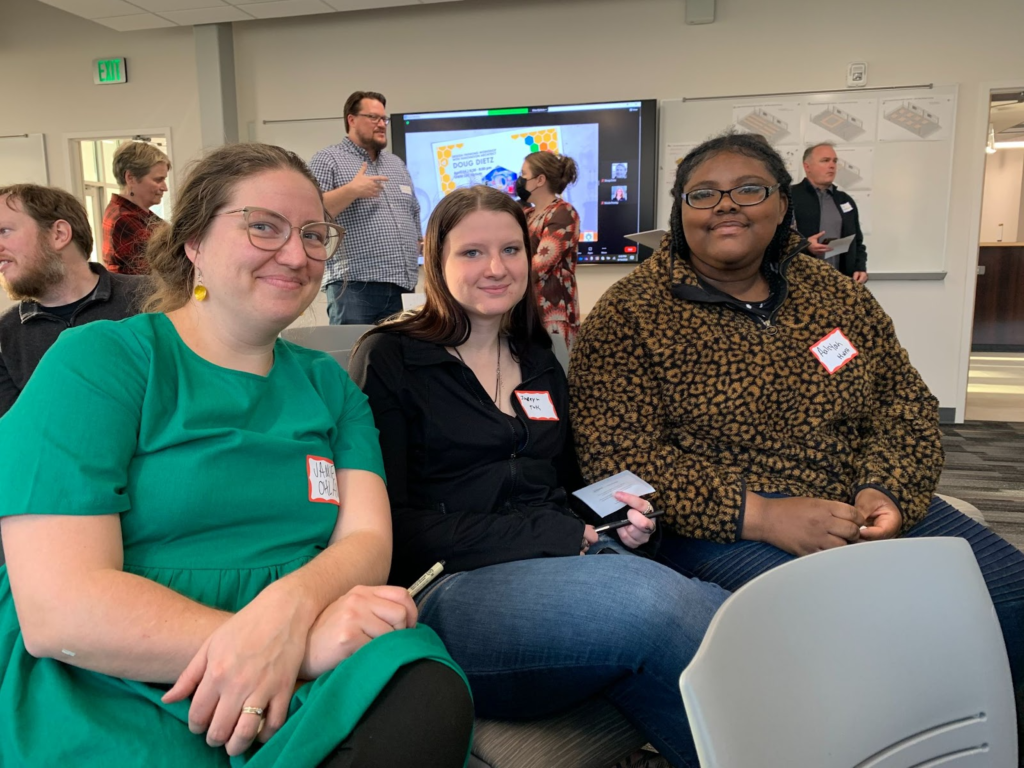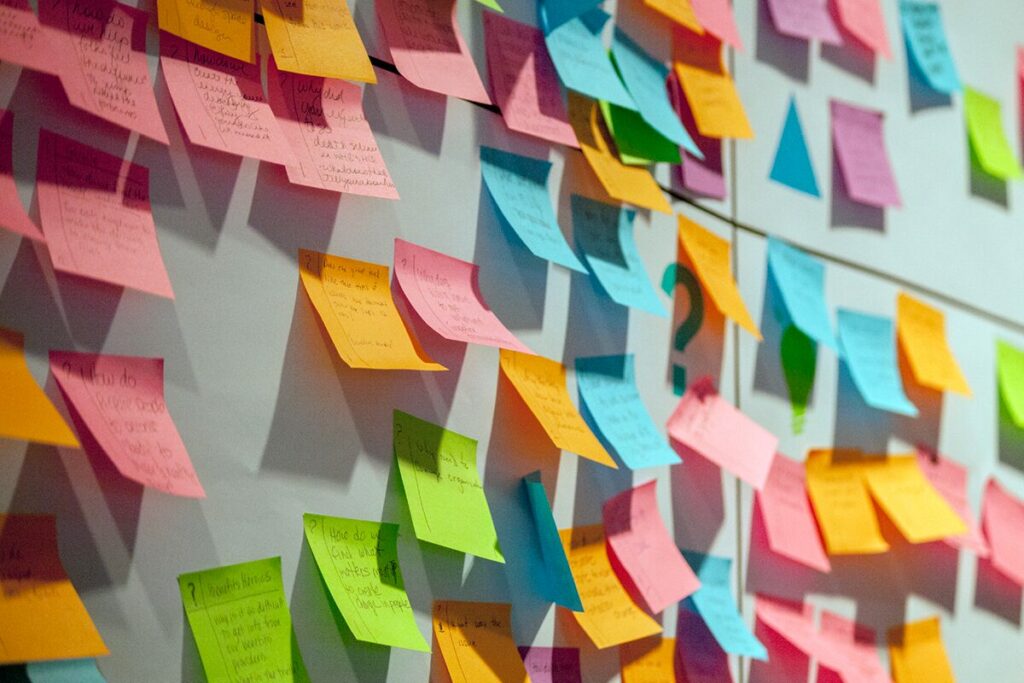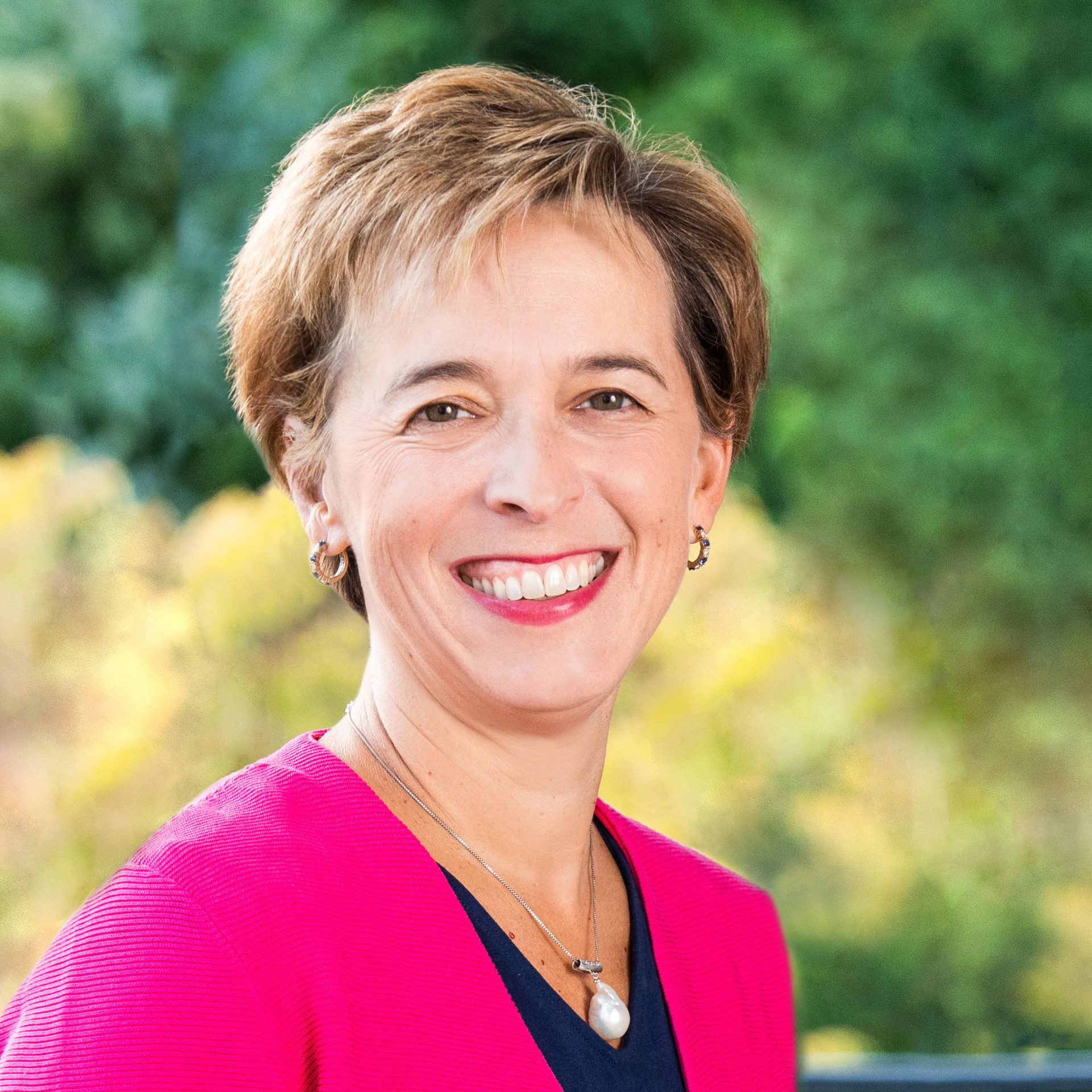What we’ve found over the past five years at Pathways High is that engagement soars and amazing work is accomplished when young people show up as their whole selves.
Julia Burns, Co-Founder and Board President of Pathways High
“Everything is designed and therefore everything can be redesigned.”
– Dr. Susie Wise, Stanford d.school Design Leader
“When you design for meaning, good things will happen.”
– Doug Dietz, GE Healthcare Industrial Engineer
Pathways High recently marked two important milestones: Our 5th anniversary as an independent project-based learning charter school and the renewal of our charter for the maximum five-year term.
As reflection is common upon reaching milestones, I found myself thinking about the origin story of Pathways High and the collective journey our school community has traveled. Furthermore, the confluence of recent design thinking experiences became a lens for my reflection and as a result, empathy and designing for meaning emerged as key themes. These experiences have given me a greater appreciation for how the design thinking process continues to shape Pathways High.
Empathy
This past April, I had the good fortune to accompany a group from Pathways High, including current students and parents; our design thinking teacher, Jamie Ohland; and a recent Pathways High graduate, to a Design Thinking Workshop at the UW-Milwaukee Lubar Entrepreneurship Center. The workshop was led by Doug Dietz, a well-known industrial engineer and design thinking practitioner at GE Healthcare.
While Doug described all five steps of the design thinking process — empathize, define, ideate, prototype, and test — the focus of his talk was empathy, the well-spring of successful designs. Empathizing, he explained, is viewing a problem from the perspective of the people directly impacted by the problem, rather than those implementing the solution. This can be challenging as empathy requires humility — a willingness to not view yourself as the expert, despite your training or experience.
Creating Pathways High, a learner-centered high school, was a deliberate act of empathy for young people and their families who were frustrated by the “one-size-fits-all” model. As parent co-founders, we were walking in the shoes of students and their families. We experienced first-hand their pains and frustrations and the desire to eliminate, or at least minimize, these negative experiences. This drove the design of Pathways High as a personalized school that recognizes and encourages the development of every learner’s unique strengths.
In the early phase of the XQ Super School Challenge process in 2015, we convened focus groups of students and families and invited them to share their needs, hopes, and dreams for a new high school. Furthermore, they described what they viewed as constraining or unpleasant about their current school environment.
Our graduates’ feedback on the Mastery Transcript highlights the tremendous benefits of sharing a holistic view of individual learners; a design change that was implemented because we viewed the problem from the learner’s perspective.
Julia Burns, Co-Founder and Board President of Pathways High
Cole, a student, shared his experience with the ACT exam and how much he disliked the feeling of being defined by a number. He knew he was a strong student with many skills and abilities, but didn’t feel his assets were reflected in his test score. What Cole felt about his ACT score, others felt about GPAs. The consensus was that these numbers didn’t tell the whole story. So, the founders wanted to design a school that would not only unleash all learners’ potential but also provide a holistic view of each learner’s many strengths and abilities.
Prior to opening Pathways High, our founding team had heard about the Mastery Transcript, a digital transcript that looks similar to a LinkedIn profile and allows students to showcase their interests, abilities, and skills through a personal statement, radial graphs representing content areas in which credits were earned, links to work artifacts, and testimonials from content experts. Pathways High was one of the first public schools to join the Mastery Transcript Consortium (MTC) in 2018, when the group first began accepting public schools as members.
In 2019-2020, Pathways High was one of five schools beta testing the Mastery Transcript, and in 2020-2021, we were a pilot school, incorporating the Mastery Transcript into our general program for all graduating seniors. This journey for two of Pathways High’s student leaders was featured in an October 2021 Washington Post Magazine article. Our graduates’ feedback on the Mastery Transcript highlights the tremendous benefits of sharing a holistic view of individual learners; a design change that was implemented because we viewed the problem from the learner’s perspective.
All-Embracing Empathy
At the design thinking workshop in April, Doug Dietz shared a helpful visual of the design thinking process that shows how empathy flares out, seeking and embracing as much information as possible about the people impacted by the problem, during the first step in the process.

An example of incorporating all-embracing empathy in our design process occurred in our second year of operations. Several Pathways High board members and Director Kim Taylor made a presentation to the C-suite of a Fortune 500 company.
Prior to the meeting, Kim commented that she didn’t know what many of the attendees’ title abbreviations, like CMO, stood for. Having always worked in education, Kim felt ill-informed about the roles, structures, and vocabulary of business and realized that the Pathways High teaching staff likely felt the same way.
She started asking the staff questions about their learning needs outside of the education field and interest in pursuing their own IMPACT experiences — real-world connections with industries. These IMPACT experiences have been an integral part of Pathways High’s model for learners since its inception. As a result, every staff member was given the opportunity to spend time at two different organizations of their choosing, supporting them to further develop a passion or to explore something entirely new. The teachers embraced the opportunities and expressed how much they appreciated the investment being made in them beyond the education setting. Furthermore, the entire school community benefited from the new connections they made and the curriculum/project ideas that were generated.
Designing for Meaning and Human-Centric Mantras
During my reflection, I recalled Doug Dietz’s impactful statement, “When you design for meaning, good things will happen.” He elaborated that when you design for money, prestige, or system-wide metrics hoping that meaning will come, the design inevitably falls short.
Doug explained that while he’s proud of the improved patient and hospital statistics associated with the new technologies his team develops, it’s not what drives the team. Instead, they are driven by human-centric mantras such as, “Sending moms and babies home healthy,” that they repeat together every day, like a sports team before breaking from a huddle. This reminded me of Pathways High’s learner-centric mantra — “Unleash all learners’ potential. Now.” — our mission repeated by students and staff at weekly town halls.

When these human-centric mantras are integral to the design of an organization, they focus the community and support a strong, authentic culture of care, trust, and belonging through empathy.
In a recent podcast, Dr. Susie Wise, Design Leader at Stanford d.school and author of Designing for Belonging, defined belonging as the feeling that “I am not only included, but also who I am is sought out and honored. I can show up as my whole self.” What we’ve found over the past five years at Pathways High is that engagement soars and amazing work is accomplished when young people show up as their whole selves.
In Jamie Ohland’s recent Design Challenge seminar, students were developing solutions to build community in the greater Milwaukee area. Specifically, they were digging into the question, “How do we use space to create community?”
Tapping their empathy, students designed community spaces for homeless youth; people in need of mental health services; music lovers; gamers of all ages; and school-age children who want to participate in sports and recreation activities, to name a few. Some students have plans to propose their designs to neighborhood leaders who are developing a new community center three blocks from Pathways High. I can’t wait to see where our learners’ designs will go and the positive impact they will have on others.
Doug Dietz is correct — when we design for meaning, good things will happen.

